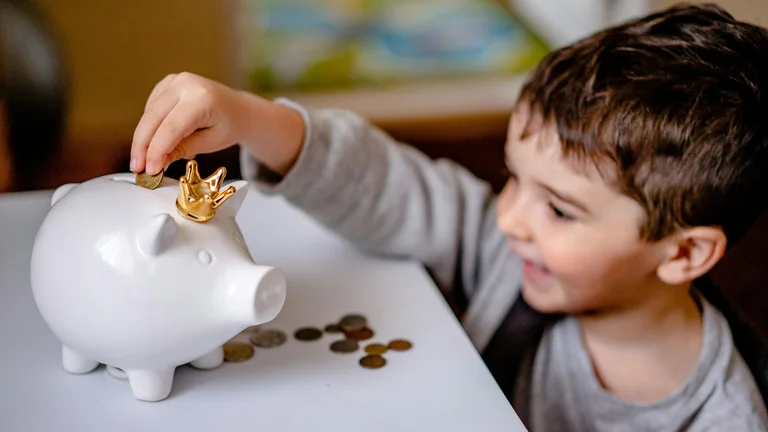Understanding Money Basics

Teaching children about money begins with the basics. Introduce concepts like saving, spending, and sharing. Explain what money is and its purpose. Discuss the difference between wants and needs. Help them understand how money is earned and spent. Use simple language and relatable examples, such as buying toys or snacks.
Setting Up a Simple Budget
Encourage kids to create a basic budget. You can use their allowance as a starting point. Discuss categories like savings, spending, and giving. Help them allocate a certain amount for each category. This exercise helps children see the importance of planning their finances. Teach them that sticking to a budget can help avoid overspending.
Saving for Goals
Introduce the idea of saving for specific objectives. Kids often have cravings for new toys or games. Teach them to save a little money each week towards these goals. Use jars or piggy banks to visually show their progress. Celebrate their achievements when they reach their savings goal. This experience teaches delayed gratification and planning.
Understanding the Value of Money
Help kids appreciate the value of money by discussing prices and costs. Take them shopping and explain why certain items cost more than others. Discuss the idea of quality versus quantity. Encourage them to compare prices and look for bargains. This experience not only teaches budgeting but also makes them wiser consumers.
Engaging with Real-Life Experiences
Include children in real-life financial decisions. Take them grocery shopping and let them assist with budgeting. Discuss choices between brands based on price and quality. Consider giving your child small responsibilities like managing their own money at an event. This hands-on approach provides practical lessons on handling money responsibly.
| Concept | Description | Activity |
|---|---|---|
| Saving | Putting money aside for future use | Use a piggy bank to save for a toy |
| Budgeting | Planning how to spend money | Create a simple budget with allowance |
| Needs vs. Wants | Understanding essentials versus desires | Discuss items while shopping |
| Goal Setting | Saving towards specific objectives | Set a savings goal for a new game |
| Value of Money | Appreciating cost and quality | Compare prices while shopping |
FAQ - Teaching Kids About Money
What is the best age to start teaching kids about money?
Children can start learning about money as early as age four. At this age, focus on basic concepts like saving and spending.
How can I teach my child to save money?
You can teach your child to save by encouraging them to set specific goals and using visual aids like jars or piggy banks.
What strategies can I use to make learning about money fun?
Incorporate games, like board games that involve money management, encourage real-life shopping experiences, and use fun apps designed for financial education.
Why is it important for kids to learn about money?
Teaching kids about money prepares them for financial independence, helps them make informed decisions, and fosters responsible spending habits.
How can I explain the difference between needs and wants?
Use everyday situations to show examples, such as discussing a toy (want) versus food (need). Help them articulate and prioritize these concepts.
Teaching kids about money involves introducing basic concepts of saving, spending, and budgeting. Through hands-on experiences like saving for goals and making shopping decisions, children develop important financial skills that prepare them for future financial independence.
Understanding how to manage money is an essential skill that benefits children throughout their lives. By teaching kids about money early on, you equip them with tools to make informed financial decisions, appreciate savings, and learn the value of responsible spending.